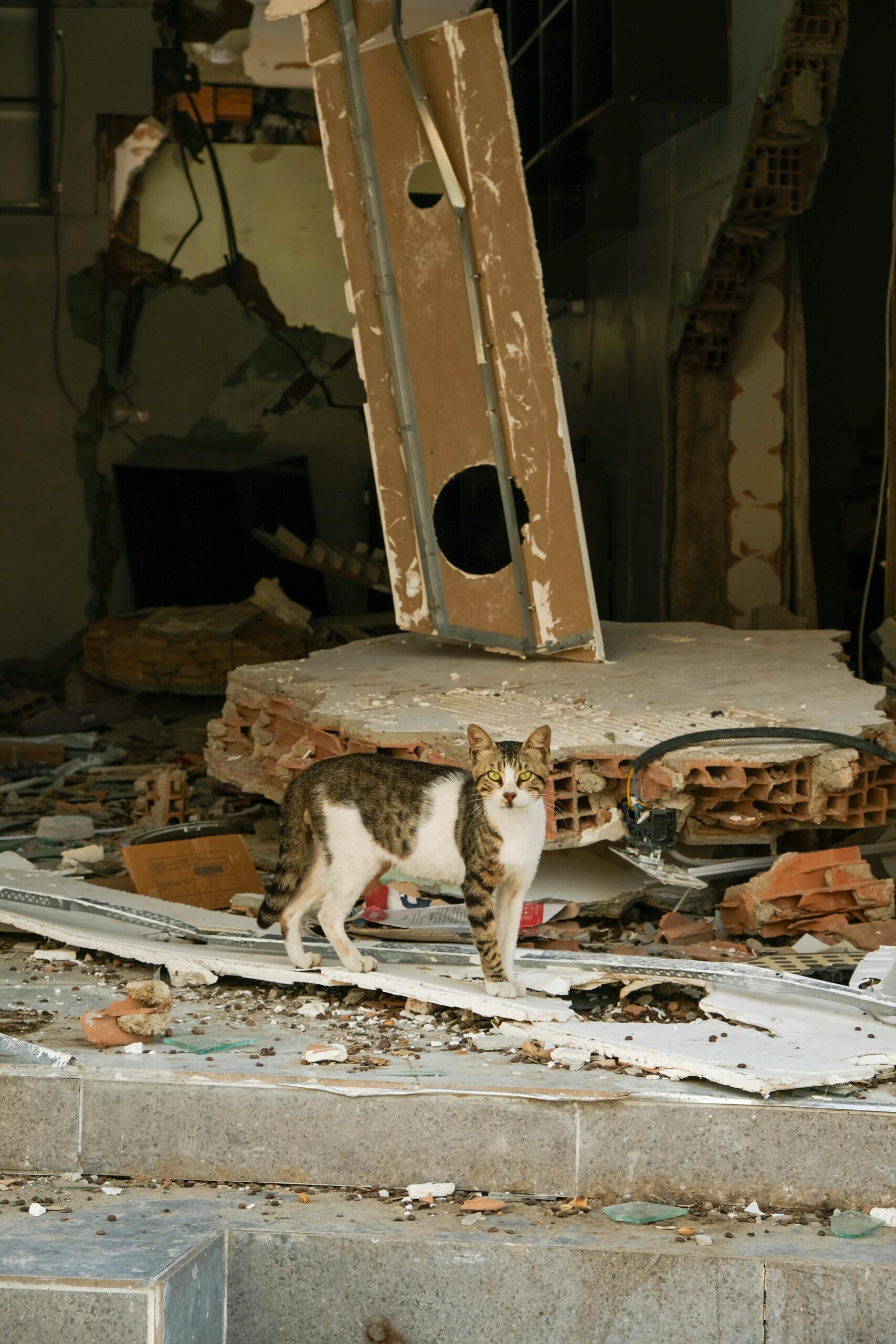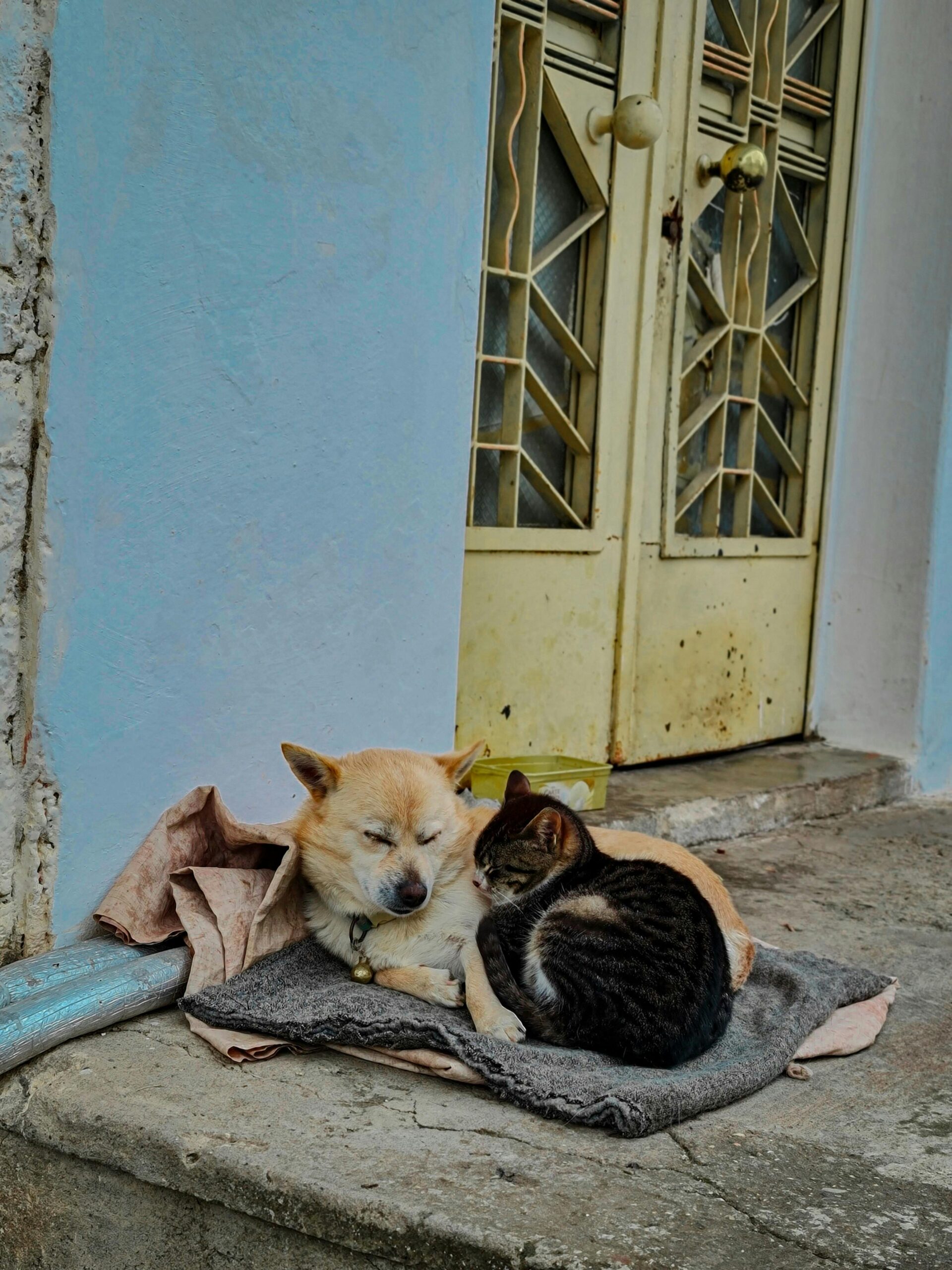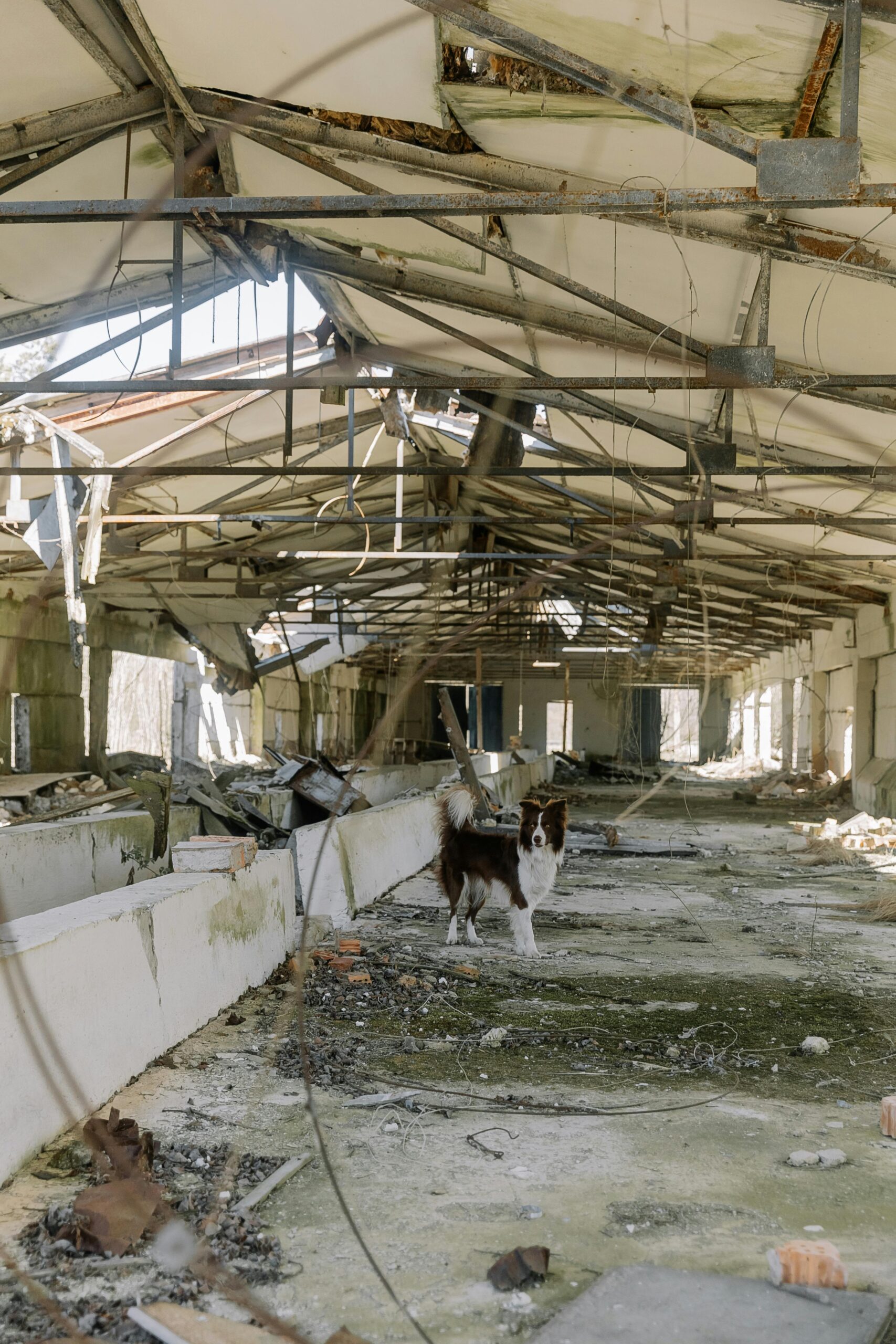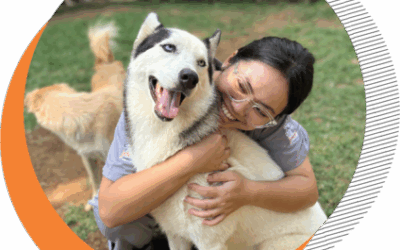
Protect your beloved pets: Safe tips for dogs and cats during an earthquake
By: Arditya Laksono (Freelance English Tutor)
Large-scale earthquakes that struck Taiwan and Japan recently claimed countless lives, including both people and animals. As responsible pet owners, we must be prepared to defend our animals in an emergency. Furthermore, because Indonesia is situated where three active tectonic plates—the Indo-Australian Plate, the Eurasian Plate, and the Pacific Plate—meet, it is also prone to earthquakes. Fearful dogs and cats may react automatically to an earthquake by running away or hiding in hazardous places. Let’s look at some advice below to help kids stay safe during an earthquake!
Before Eartquake:
Prepare a cage and bag for emergencies:
Make sure your dog or cat has a roomy and cosy cage. Prepare a sturdy carrier for cats. Disaster preparedness bags are not just necessary for owners; kids also need them. Pet food, water in a sturdy bottle for drinking, a bowl for your pet, any medications, a favourite toy, a blanket or towel, a collar or leash for your dog, kitty litter for your cat, wet wipes, a plastic bag, and veterinarian medical papers should all be placed within the bag to last for five to seven days. Place it in a convenient location and mark it specifically.
Train pets to get used to the cage:
Provide sweets or toys to the infant to help it become accustomed to entering the cage or carrier. Pawrents will find it simpler to place them in the cage in an emergency as a result.
When an Earthquake Occurs:
Stay calm:
Panic actually increases the chance of harm to the carer as well as the youngster. The safety of the pawrents comes first. It will be challenging to assist kids or other people if you are hurt.
Seek refuge in a secure area:
Do “Drop, Cover, Hold on” immediately (take cover under a table/other sturdy furniture), with your pets if possible. If your pet rebels and runs away, just leave it alone. The safety of the pawrents is the main thing.
Do not evacuate if it is unsafe:
If there’s still some shaking in the house, don’t rush to leave. The most important thing to do is to find a safe spot to hide until the shaking stops.
Train your pets to stay calm:
In the unlikely event that the owners are required to flee to an emergency shelter, make sure the puppies, especially the dogs have received basic training in sitting, down, waiting, and staying, as well as not to be aggressive towards humans or other animals or to bark irresponsibly or poop or pee carelessly. This is done in order to keep the emergency evacuation location suitable.
Identity of the pet:
Ensure that your pet wears a necklace that contains all of the pawrents’ information, such as their name, phone number, and address. If it contained a microchip, that would be fantastic. Safeguard the pet’s residence: Ensure that your pet is not placed next to a wall, shelf, window, or other potentially dangerous object. When an earthquake occurs, secure the cage or carrier at home to prevent it from falling or getting struck by other objects
Ensure that your pet has had all recommended immunisations:
Ensure that your pet has received all recommended vaccinations and regular anti-parasitic treatment to prevent illness in the event of a disaster. If your pet has been neutered or sterilised, it would be even better to prevent any unintended health hazards in the event of an emergency
After the earthquake:
Check your surroundings
Check your surroundings and steer clear of any potential dangers, such as fallen power lines, glass breakage, debris, or gas leaks, as soon as the shaking stops
Check the condition of the pet:
Look for wounds or injuries on your pet. Take them right away to the closest veterinarian if you think they may be hurt.
Evacuate immediately:
If the house is not safe to live in, immediately evacuate with Anabul to a temporary evacuation center. Bring a disaster preparedness bag that pawrents have prepared beforehand.
Keep pets under control:
Dogs and cats may be frightened and try to run away after the earthquake. Keep them in a cage or carrier, or use a leash (for dogs) to prevent them from wandering off and getting lost.
Other Tips:
Join the animal lovers community:
Joining a community of animal lovers in the area around pawrents can be a source of information and assistance when disaster strikes.
Prepare an emergency plan with your family:
Talk to the family about emergency preparations, including what to do in case of a pet emergency.
Although earthquakes can occur at any time, we can safeguard our cherished anabul in the event of a calamity by taking the appropriate precautions and being prepared. Remembering that
their pets are members of the family, parents should not desert them in the event of an emergency. In addition, pawrents need to maintain composure and put their own safety first because it will
be challenging for them to assist nearby youngsters and others if they are hurt. Come on, pawrents, learn to withstand disasters.
Pets and pawrents are safe!
Source:
The Ministry of the Environment of Japan (Are you and Your Pet Safe in Case of Disaster)
URL: https://www.env.go.jp/nature/dobutsu/aigo/2_data/pamph/h3010a/a-1b.pdf
The Ministry of the Environment of Japan (Be Prepared! Because you want to be with your pet always-Disaster Measures for Pets)
URL: https://www.env.go.jp/nature/dobutsu/aigo/2_data/pamph/h2703/pdf/full.pdf
The Great British Columbia. (Animal Safety: Protecting Pets during An Earthquake)
URL: https://www.shakeoutbc.ca/wp-content/uploads/2021/07/ShakeOutBC_FactSheet_Animal_Safety.pdf
Related Post :
Pets Suitable for Children, According to Age!
Find the right pet for your child based on their age. From fish to dogs, check out our child-friendly pet recommendations here!By: Drh. Mikeu Paujiah, Dipl. MontessoriChoosing a pet for your child isn’t just about picking the cutest one. Every animal has its own...
Tips for Traveling with Pets: Journey & Post-Arrival Care
By: drh. Mikeu Paujiah & Maryam SmeerTraveling with your pet? Check out tips for a safe and comfortable journey, plus post-trip care to keep them healthy and happy during the holiday!After making thorough preparations before traveling, it's time to understand how...
Tips for Traveling with Pets: Essential Preparations You Must Make
By: drh. Mikeu Paujiah & Maryam, S. KomHomecoming trips (mudik) are eagerly anticipated by many, especially during long holidays or festive seasons. However, for pet owners, traveling with their beloved pets can be a challenge.Whether you decide to leave your pet...
Scabies in Cats: Causes, Symptoms, and Treatment
By: Drh. Mikeu Paujiah dan Maryam SmeerScabies is a common skin disease in cats, caused by tiny mites that infect the skin and lead to intense itching. If left untreated, scabies can spread throughout the cat's body and may even be transmitted to other animals and...
Adoption: The Key to Helping Animal Shelters Operate Better
By : Drh. Mikeu PaujiahStray animal shelters play a vital role in providing protection and care for abandoned, injured, or abused animals. However, the sustainability of these shelters heavily depends on community support, one of which is through the adoption...
Maintaining World Balance with One Health One Welfare
By: AWI TeamDr. Karanvir Kukreja, BVSc, MVPHM, Head of Campaigns Southeast Asia Companion Animals at FOUR PAWS International, was one of the keynote speakers at the Animal Welfare Indonesia-International Conference 2023.In his memorable presentation, Dr. Karanvir...









